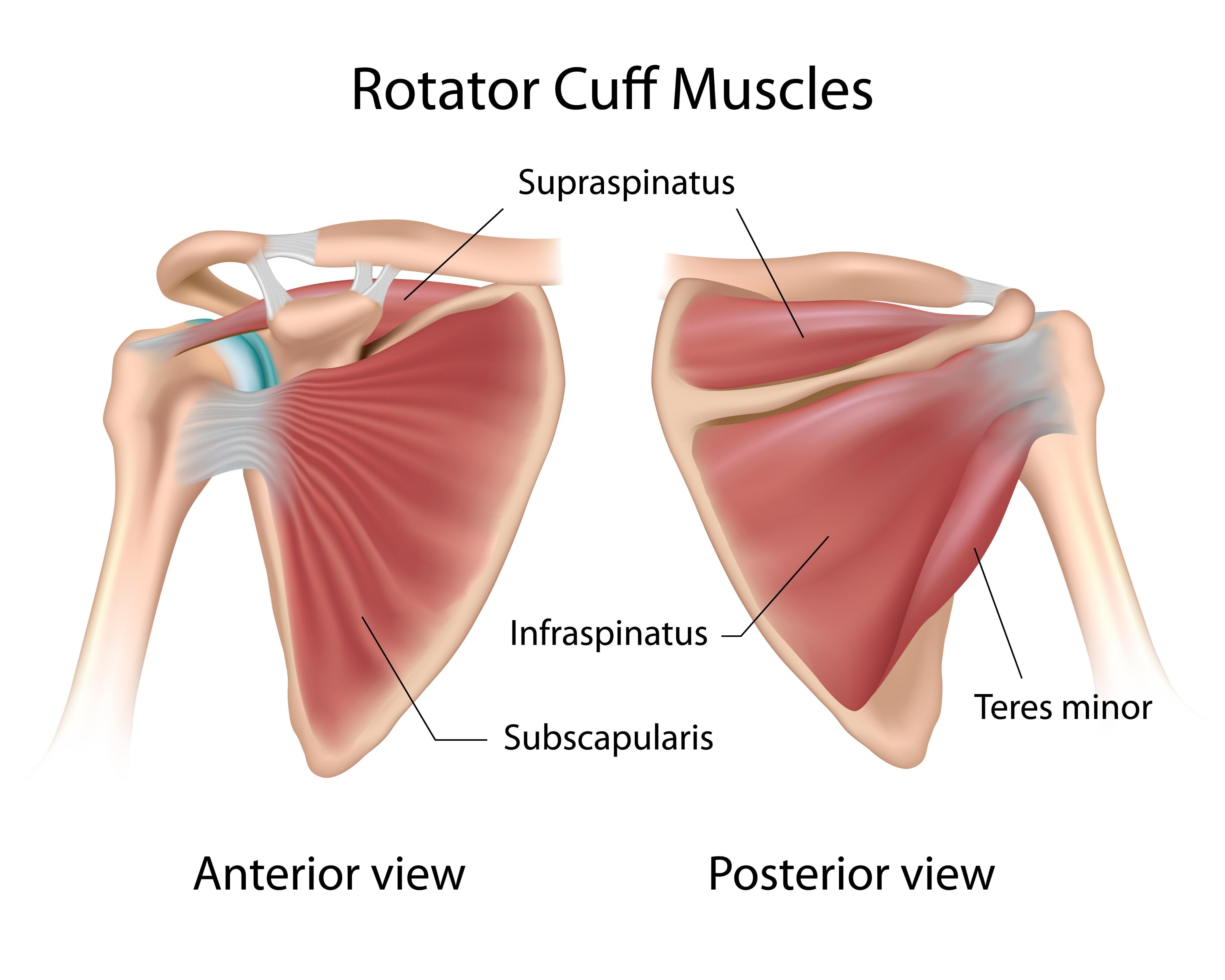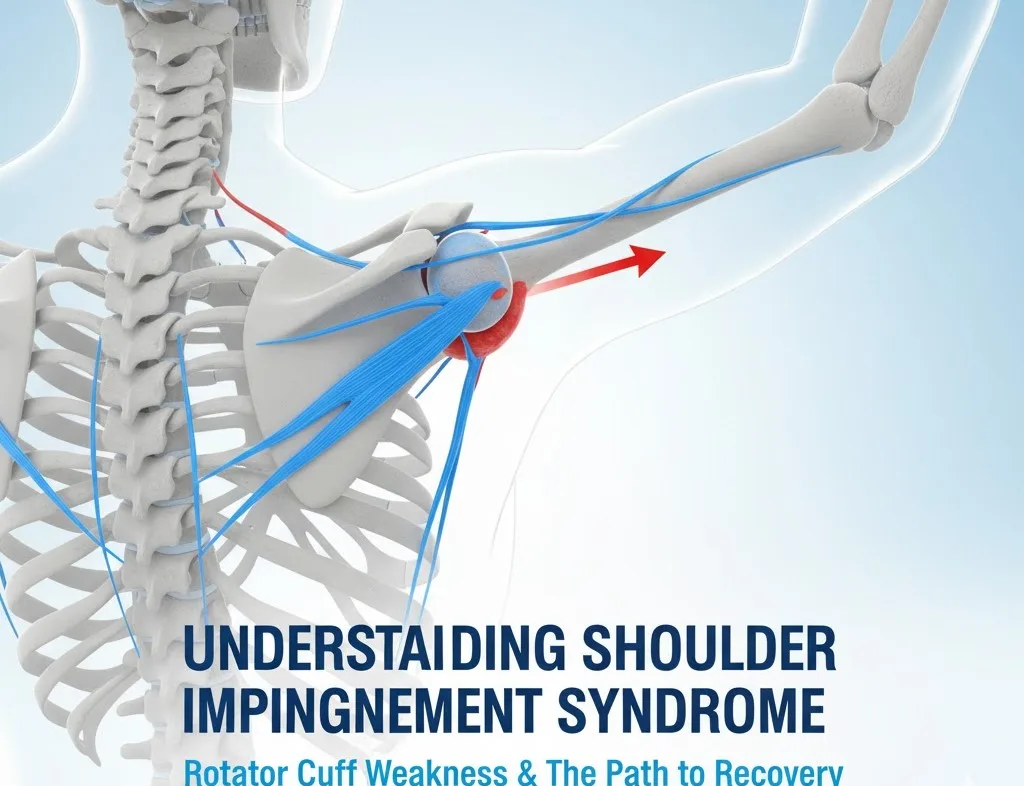This article summarizes the discussion about Shoulder Impingement Syndrome, its causes, and the primary recommended treatment based on the provided text.
Causes of Shoulder Impingement
The response explains that the causes of tendinitis and bursitis related to impingement syndrome generally fall into injury patterns known as "overhead" injuries. These are further categorized into two main types:
-
Traumatic Injuries: Injuries resulting from a sudden, specific force or event, like a fall.
-
Cumulative Injuries: Injuries that develop gradually over time due to repeated stress, strain, or repetitive overhead movements.
While these injuries involve specific soft tissue issues like contracted tendons or flexor muscles, the core mechanical problem is simplified as follows:
The Core Problem: Rotator Cuff Weakness
The primary takeaway from the advice is that the patient's pain is fundamentally due to weakness in the rotator cuff muscles (rotator shoulder cuff).

The rotator cuff is a group of muscles and tendons that surround the shoulder joint, keeping the head of the humerus (upper arm bone) securely in the socket (glenoid) and enabling stable rotation. When these muscles are weak, the head of the humerus can move upward slightly during arm elevation, mechanically "impinging" (pinching) the tendons and bursa against the acromion (a part of the shoulder blade). This pinching causes the inflammation and pain associated with tendinitis and bursitis.
The Recommended Solution: Strengthening
The advice provides a clear, focused recommendation for treatment:
The problem can be "very quickly solved" by focusing on muscle strengthening in the area. This involves:
-
Strengthening the muscles around the front part (of the shoulder).
-
Strengthening the deep rotator (muscles), particularly the rotator cuff.
By strengthening the rotator cuff, stability is restored to the shoulder joint, which helps to depress and center the humeral head. This increases the space under the acromion, thereby reducing the painful friction (impingement) on the tendons and bursa during overhead movement.

